The Secret to Flavorful Mediterranean Meals: A Spicy Journey Through 7 Must-Have Seasonings
Table of Contents
- Introduction: Why Mediterranean Spices Are a Kitchen Staple
- Top 7 Mediterranean Food Spices You Can’t Live Without
- How to Pair and Use These Spices Like a Pro Chef
- Buying Guide: How to Choose the Best Mediterranean Spices
- Final Thoughts: Spice Up Your Mediterranean Game
Introduction: Why Mediterranean Spices Are a Kitchen Staple
Ever taken one bite of a shawarma wrap or a plate of paella and thought, "How does it taste so good with just a few ingredients?" Spoiler alert: it's not magic — it’s spice alchemy. The heart of Mediterranean food spices lies in their simplicity and boldness, creating flavors that dance on your tongue without overwhelming it.
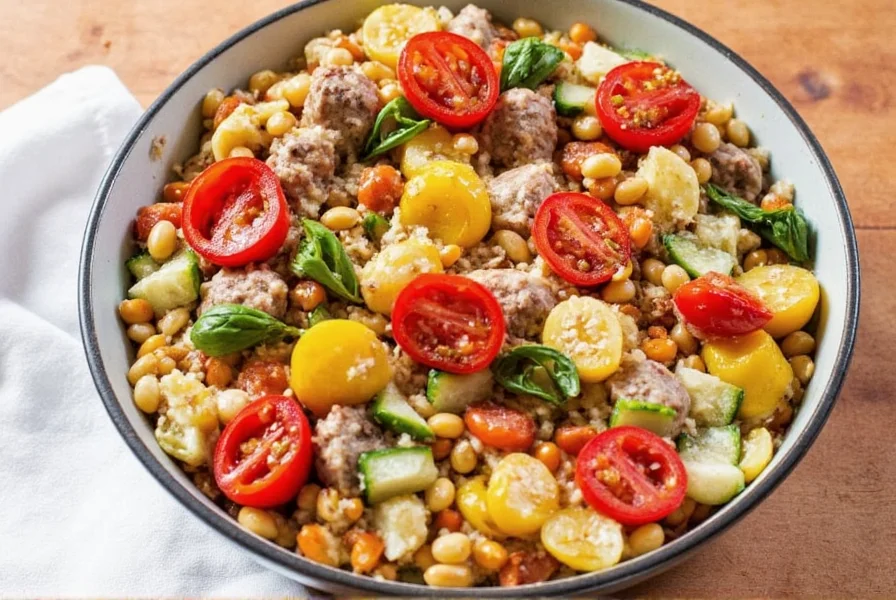
From Greece to Morocco, the Mediterranean basin has perfected the art of flavor balance over centuries. Whether you're roasting lamb, grilling fish, or tossing together a quick salad, the right spice mix can turn everyday meals into feasts. In this article, we'll explore the top Mediterranean spices, how to use them, and where to buy the best ones. Let’s dive in!
Top 7 Mediterranean Food Spices You Can’t Live Without
If you want authentic Mediterranean flavors, you’ll need these seven powerhouse spices in your pantry. They’re easy to find, simple to use, and will elevate your cooking game instantly.
1. Sumac
Sumac is like nature’s lemon zest — tangy, bright, and citrusy without the acidity. It comes from dried berries of the sumac bush and is widely used across Middle Eastern cuisine, especially in dishes like fattoush and za’atar.
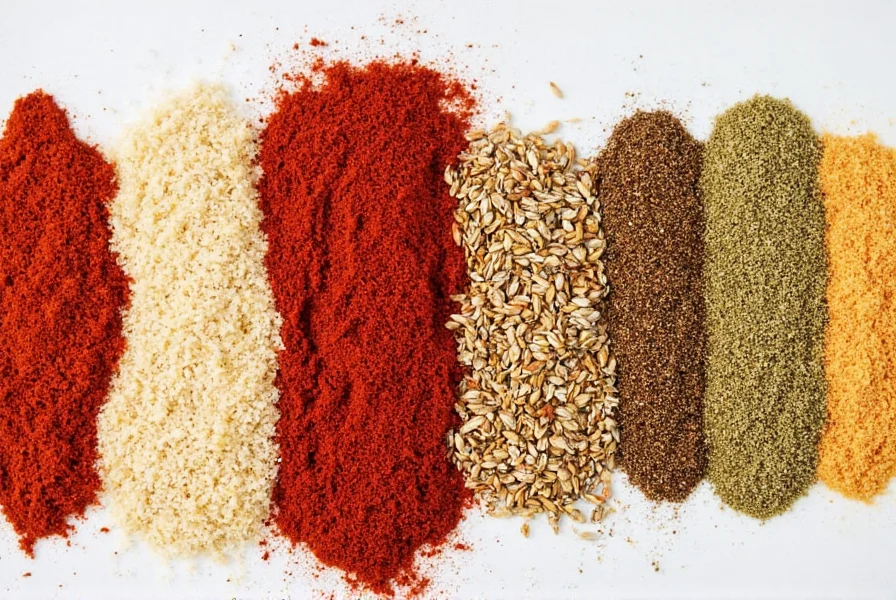
2. Za’atar
Za’atar isn't just one spice — it's a blend! Typically includes thyme, sumac, sesame seeds, and salt. This aromatic mix adds earthiness and a hint of tartness, perfect for seasoning flatbreads, roasted vegetables, or grilled meats.
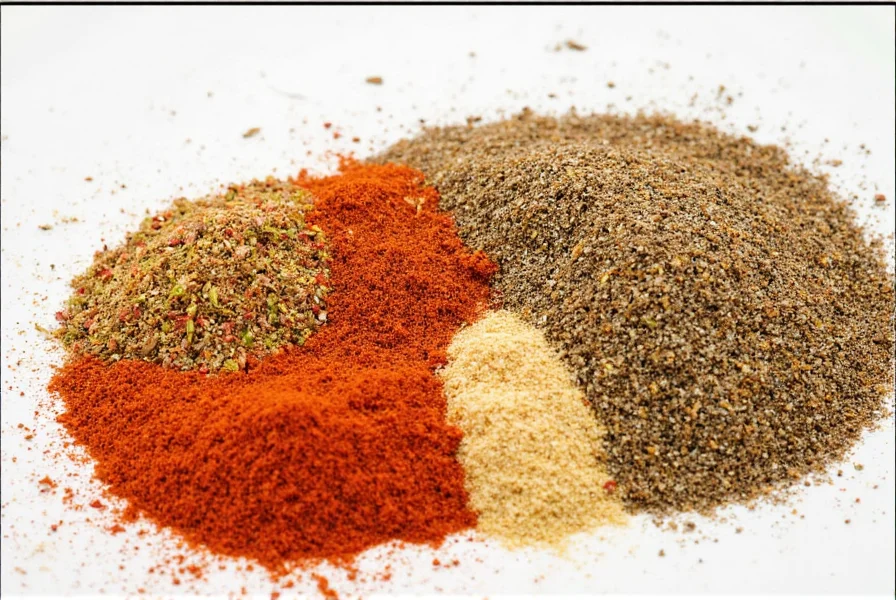
3. Cumin
Cumin brings warmth and nuttiness to any dish. Found in everything from Egyptian dukkah to Turkish kebabs, cumin is the backbone of many Mediterranean spice blends. Its smoky aroma pairs beautifully with legumes and grilled meats.
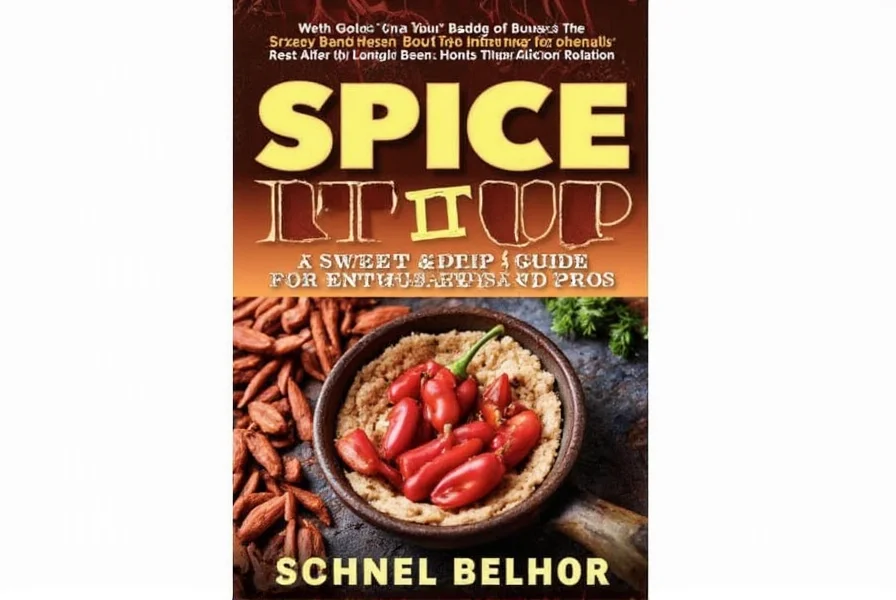
4. Paprika (Sweet or Smoked)
Whether sweet or smoked, paprika adds color and depth. Used in Spanish paella and Hungarian goulash (though technically outside the Med), it gives dishes a subtle sweetness or rich smokiness depending on the type.
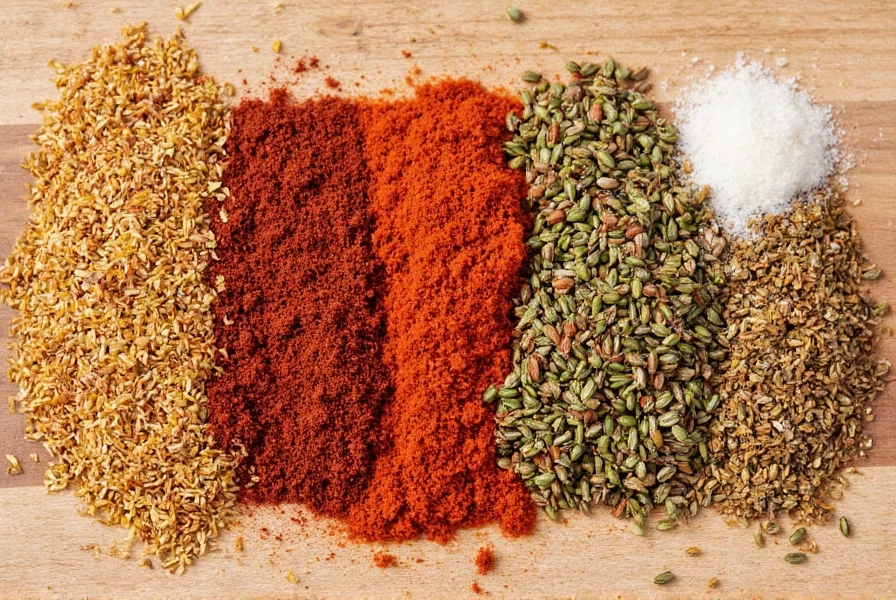
5. Oregano
Dried oregano is a staple in Greek and Italian kitchens alike. Its pungent, herbaceous notes make it ideal for tomato-based sauces, pizzas, and grilled seafood.

6. Coriander
Ground coriander offers a slightly sweet, floral note that complements other strong spices like cumin and garlic. It’s often found in North African tagines and Moroccan spice blends like ras el hanout.
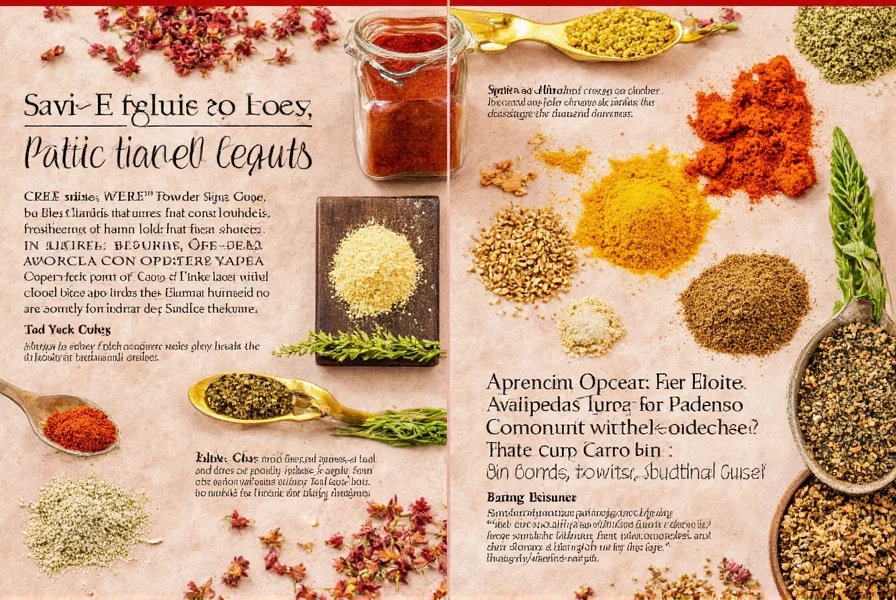
7. Harissa (Paste or Powder)
Harissa is a fiery chili paste originating from Tunisia but now embraced throughout the Mediterranean. Made with roasted red peppers, garlic, and spices, it adds heat and smokiness to stews, marinades, and even dips.
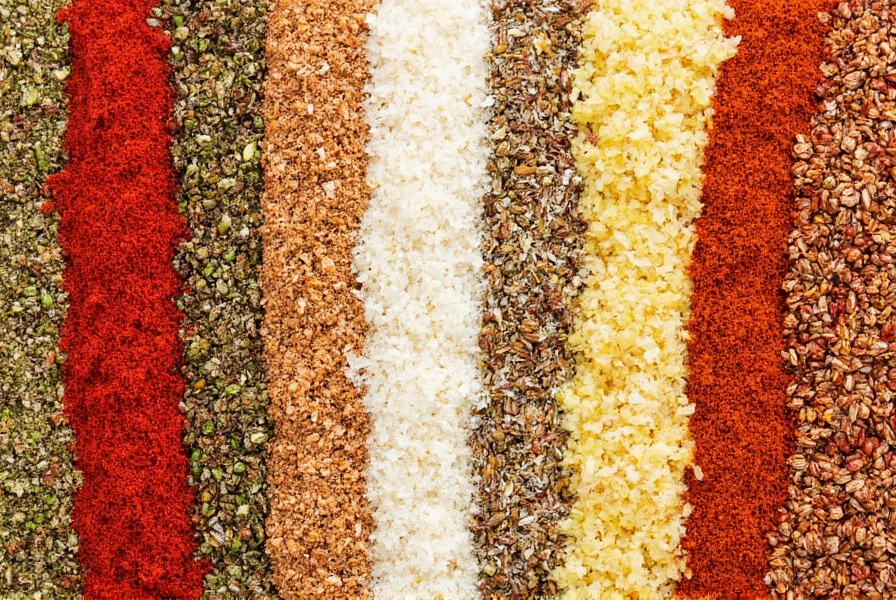
Spice Comparison Table
| Spice | Flavor Profile | Best For | Popular Dishes |
|---|---|---|---|
| Sumac | Tangy, citrusy | Salads, meat rubs, dressings | Fattoush, grilled chicken |
| Za’atar | Earthy, herby, slightly tart | Bread dips, roasted veggies | Flatbreads, labneh |
| Cumin | Warm, nutty, smoky | Bean dishes, stews, meats | Hummus, kebabs |
| Paprika | Sweet, mild, smoky (if smoked) | Rice dishes, soups, seafood | Paella, chorizo |
| Oregano | Herbal, pungent | Tomato sauces, pizzas | Pasta, moussaka |
| Coriander | Sweet, floral, earthy | Curries, tagines, spice blends | Chickpea stew, couscous |
| Harissa | Spicy, smoky, garlicky | Marinades, spreads, sauces | Shakshuka, merguez sausage |
How to Pair and Use These Spices Like a Pro Chef
You’ve got the spices — now what? Here are some smart pairing tips to help you unlock the full potential of each spice without overpowering your dish:
- Sumac + Lemon Juice: Enhances salads, grilled fish, and yogurt sauces with a zesty punch.
- Za’atar + Olive Oil: Drizzle olive oil on warm bread and dip it into za’atar for an irresistible snack.
- Cumin + Garlic: Perfect for spicing up lentils, chickpeas, and ground meat dishes.
- Paprika + Smoked Salt: Ideal for adding a rich depth to roasted potatoes or grilled shrimp skewers.
- Oregano + Olive Oil & Tomatoes: A classic combo that shines in pasta sauces and eggplant dishes.
- Coriander + Cinnamon: A North African favorite for slow-cooked stews and rice dishes.
- Harissa + Yogurt: Mix with Greek yogurt for a creamy, spicy dip that pairs well with falafel or grilled veggies.
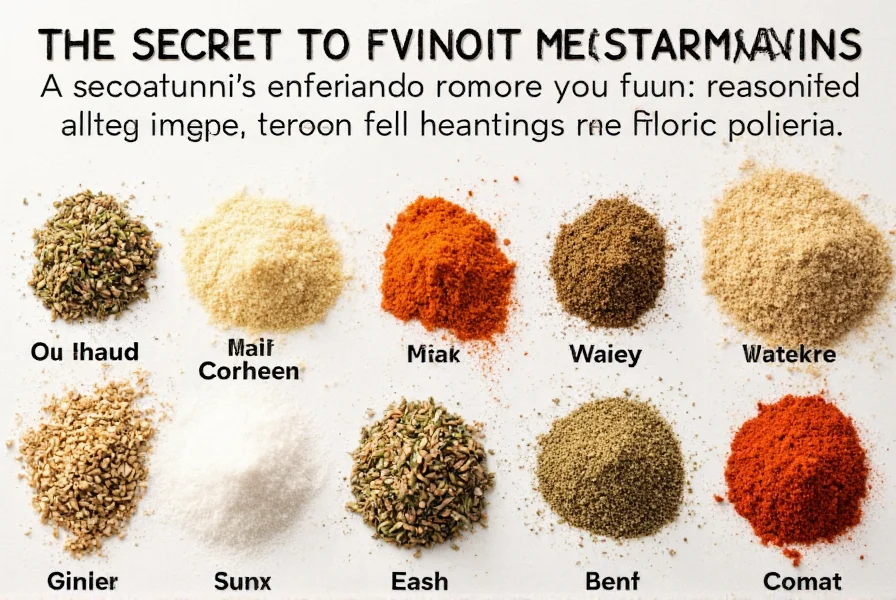
Buying Guide: How to Choose the Best Mediterranean Spices
Not all spices are created equal. Here’s how to choose high-quality Mediterranean spices that deliver real flavor and value:
What to Look For
- Freshness: Always check the expiration date. Ground spices last about 2–3 years, while whole spices (like cumin seeds) can last up to 4 years.
- Source: Opt for spices sourced from their native regions for authentic flavor (e.g., Tunisian harissa, Turkish sumac).
- Ingredients: Avoid additives like anti-caking agents or artificial preservatives.
- Storage: Buy in smaller quantities if you don’t cook often, and store in airtight containers away from heat and light.
Top Picks for Mediterranean Spices
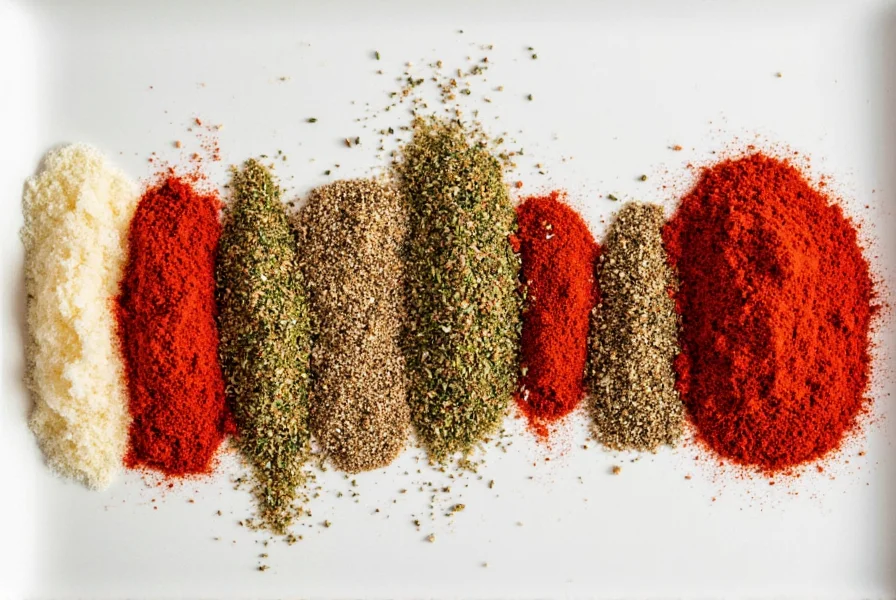
Simply Organic Sumac
Features: Organic, non-GMO, sustainably sourced from Lebanon.
Advantages: Intense citrus flavor, versatile in both savory and sweet dishes.
Use Case: Sprinkle on salads, roasted meats, or avocado toast.
Audience: Health-conscious home cooks and Mediterranean cuisine lovers.
Occasion: Everyday cooking, weekend brunches, or dinner parties.
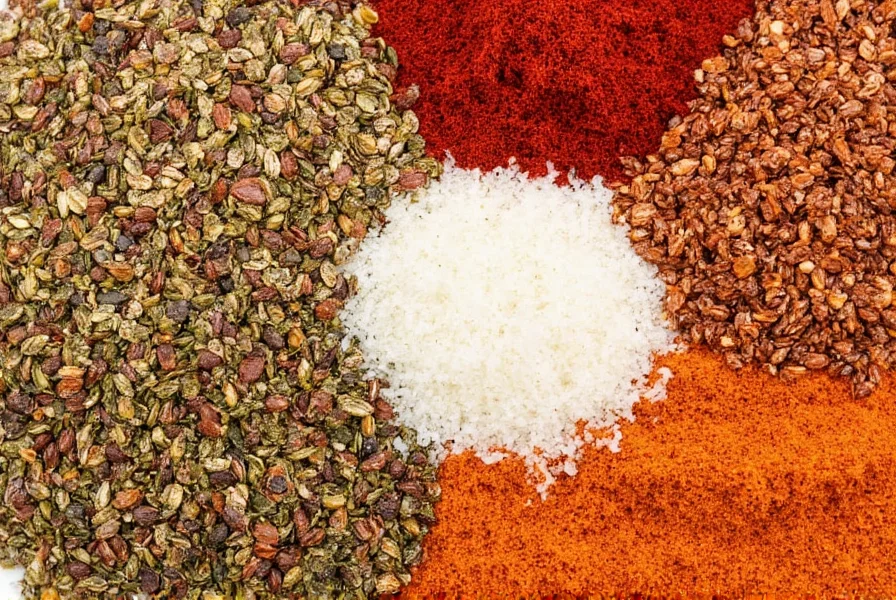
Ziyad Brothers Za’atar Blend
Features: Authentic Middle Eastern blend with thyme, sumac, and sesame seeds.
Advantages: Rich flavor profile, no artificial additives.
Use Case: Spread on manakeesh, mixed into dips, or sprinkled on eggs.
Audience: Mediterranean food enthusiasts and bakers.
Occasion: Brunch, mezze platters, or casual snacks.
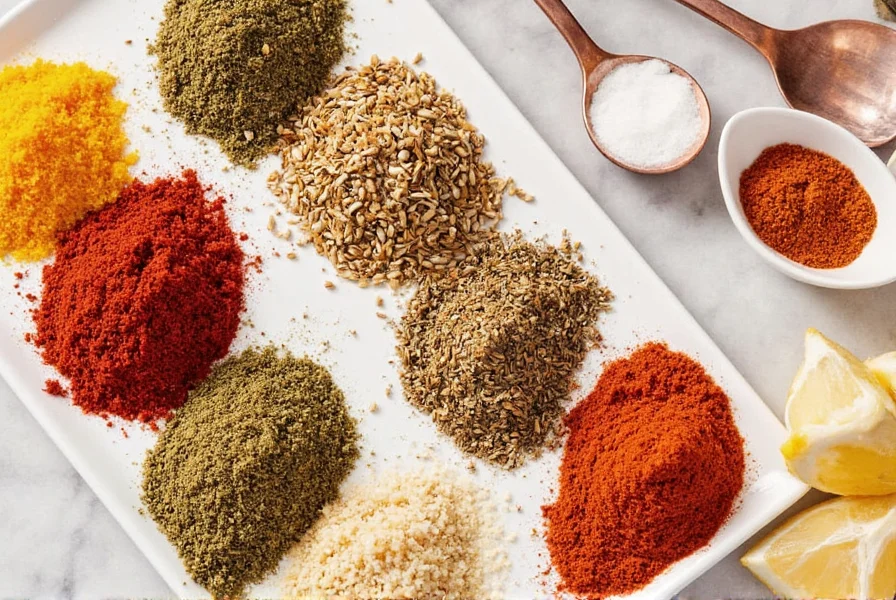
McCormick Ground Cumin
Features: Consistent quality, affordable, available at most grocery stores.
Advantages: Bold flavor, works well in a variety of Mediterranean dishes.
Use Case: Hummus, curry pastes, or meat marinades.
Audience: Beginners and everyday cooks looking for reliable spices.
Occasion: Weeknight dinners, meal prep, or batch cooking.
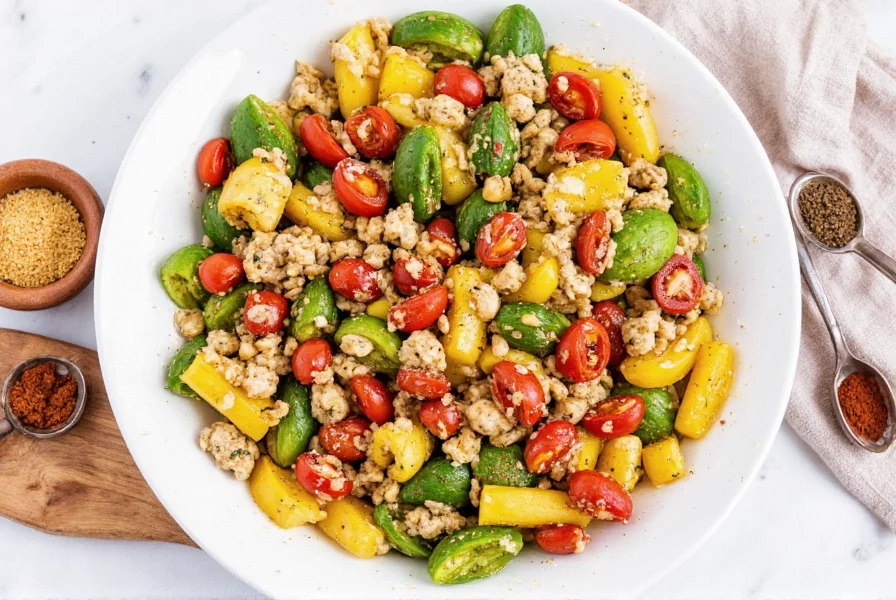
La Chinata Smoked Paprika (Pimentón de la Vera)
Features: Spanish smoked paprika made using traditional methods.
Advantages: Deep smoky flavor, enhances paella and grilled dishes.
Use Case: Paella, deviled eggs, chorizo recipes.
Audience: Serious cooks and Spanish food fans.
Occasion: Dinner parties, themed cooking nights, or special occasions.
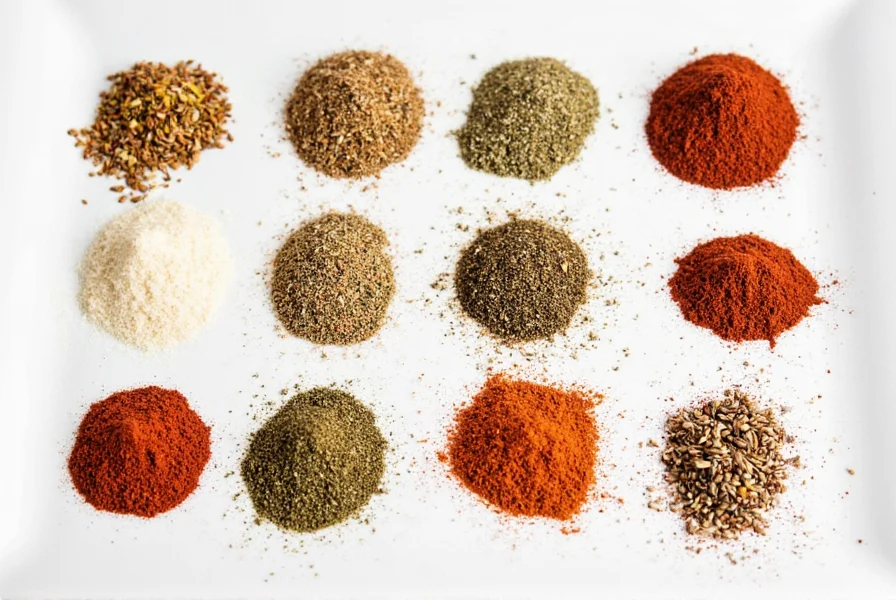
National Geographic Harissa Paste
Features: Handcrafted with natural ingredients, balanced heat level.
Advantages: Versatile, great for beginners and pros alike.
Use Case: Stir into soups, spread on sandwiches, or marinate proteins.
Audience: Adventurous eaters and spice lovers.
Occasion: Quick weeknight meals, fusion dishes, or spicy appetizers.
Final Thoughts: Spice Up Your Mediterranean Game
With the right spices, you don’t need complicated techniques or rare ingredients to bring Mediterranean flair to your kitchen. Whether you're making a simple grain bowl or hosting a mezze-style dinner party, these spices will transport your palate straight to the shores of the Mediterranean Sea.
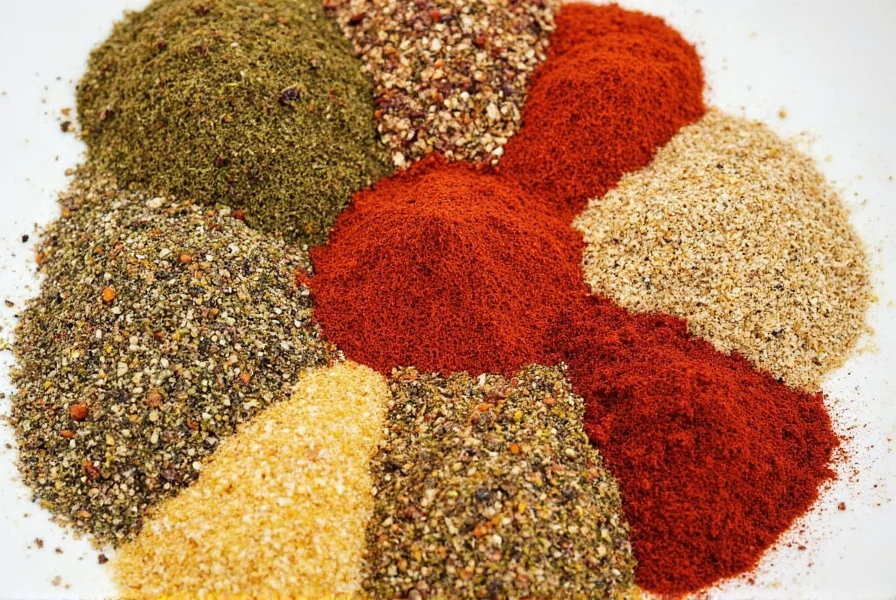
So next time you reach for that tired old salt shaker, why not try sumac instead? Or add a pinch of za’atar to your scrambled eggs? Small changes can lead to big flavor wins. Now go forth and season like a true Mediterranean soul!

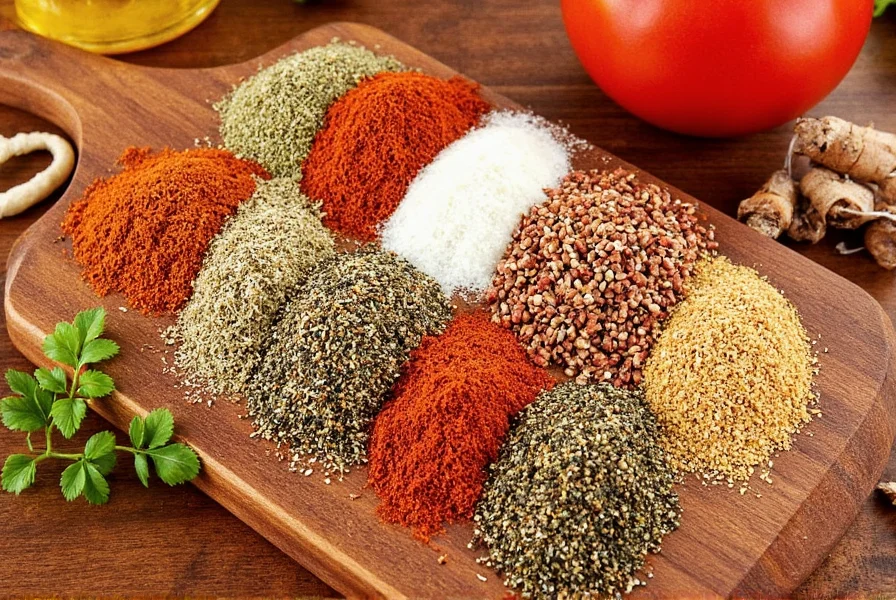









 浙公网安备
33010002000092号
浙公网安备
33010002000092号 浙B2-20120091-4
浙B2-20120091-4